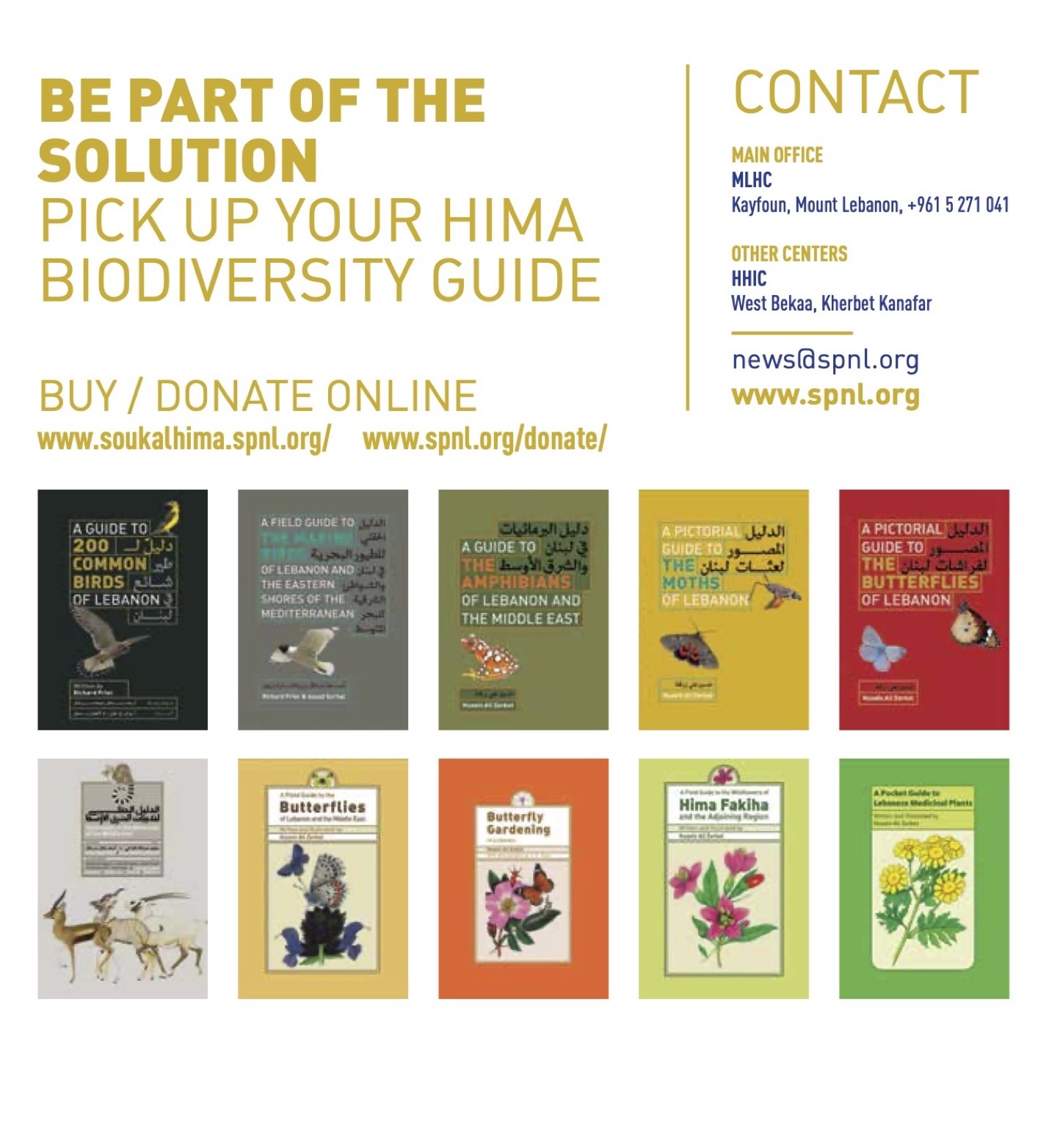Migratory birds are arriving in Africa, and now there’s a new species to look out for – the Collared Sand Martin. Discover its unique relationship with quarries, and find out how one particular extraction company is making sure this species is safe at their sites.
This article is part of our Spring Alive programme, which aims inspire and educate children across Africa and Eurasia about the wonders of nature and bird migration. The 2019 Spring Alive season was made possible with the support of HeidelbergCement.
After spending the summer in Europe breeding and raising their young, migratory birds are now travelling back to their African wintering grounds. As they do, children across the continent will be waiting with baited breath to record first sightings of five iconic species: the Barn Swallow, White Stork, Common Cuckoo, Common Swift and European Bee-eater. These easily-recognisable species are the poster-birds of the Spring Alive programme, acting as friendly guides who help children to learn about the wider natural world.
This year, we welcomed a new member into the Spring Alive gang: the Collared Sand Martin Riparia riparia. This fast-flying insectivore has a unique relationship with quarries, and is a great example of how sustainable businesses can create new habitats which actually benefit birds.
This spring, reports of anti-bird netting over trees and building sites sparked media furyacross the United Kingdom, as the public criticised this cynical method of preventing birds from nesting in places that may be inconvenient for humans. HeidelbergCement, our main supporter, takes a different approach: they go out of their way to actively create habitats for birds and wildlife within their quarries, and the sand martin is one of their most regular visitors.
The species naturally nests in burrows in the sandy banks of riversides, lakes or coastal cliffs. However, in modern times we humans have modified our waterways, putting in flood control and anti-erosion structures, and these natural cliffs are being lost. Nowadays, quarries are one of the few remaining habitats where they can set up a colony. But quarries are also working landscapes that, by necessity, change constantly as new areas are dug up. So how does HeidelbergCement make sure they can nest in safety?
It all starts in January, long before the sand martin arrives in Europe. While it enjoys its sunny African wintering grounds, on the other side of the world workers at some of the sand martin’s favourite quarries are busy getting everything ready.
First, they survey the site to find out where last year’s nesting colonies were. If the colonies are in areas where they do not plan to excavate that year, they give them a spring clean. First they cut the face back to maintain its vertical angle, mimicking the natural process of water erosion. Then remove vegetation and fallen rubble from the area, making access easier. Finally, they put up barriers and information boards so that the area is not disturbed.
Wherever the quarry workers plan to excavate, they make sure that the area does not attract the birds by flattening the cliffs to a low angle. If they plan to excavate on the site of a former colony, they prepare an attractive alternative face elsewhere.
When the sand martins arrive, the staff keep a constant eye on them, making sure they keep their machinery a safe distance away and that the birds do not come to any harm. Only if a nesting hole appears in an unfavourable location like an active quarry face do they discourage the birds from settling by flattening the slope or using special bird-safe netting. However, if the birds still decide to set up a colony there, workers will abandon the face and excavate elsewhere.
This year, HeidelbergCement quarries across a number of European countries opened their doors to visitors, holding special Spring Alive events where families could learn about the birds that lived in their quarries, and how to recognise them. Here are some simple ways to distinguish this species from other migratory birds:

The Collared Sand Martin is one of the smallest birds in the Swallow and Martin family, and like to spend its days flying over water, snapping up gnats and flies. Its flight is less graceful than swifts and swallows – more of a flutter than a swoop. These birds like to nest in large groups ranging from twelve to several hundred pairs, and their tunnels are over a metre long!
So as you wait for migratory birds to arrive this autumn, keep an eye out for this wonderful species, and don’t forget about its amazing and unique lifestyle – an example of people and nature living hand in hand.
Find out more about Spring Alive at www.springalive.net






